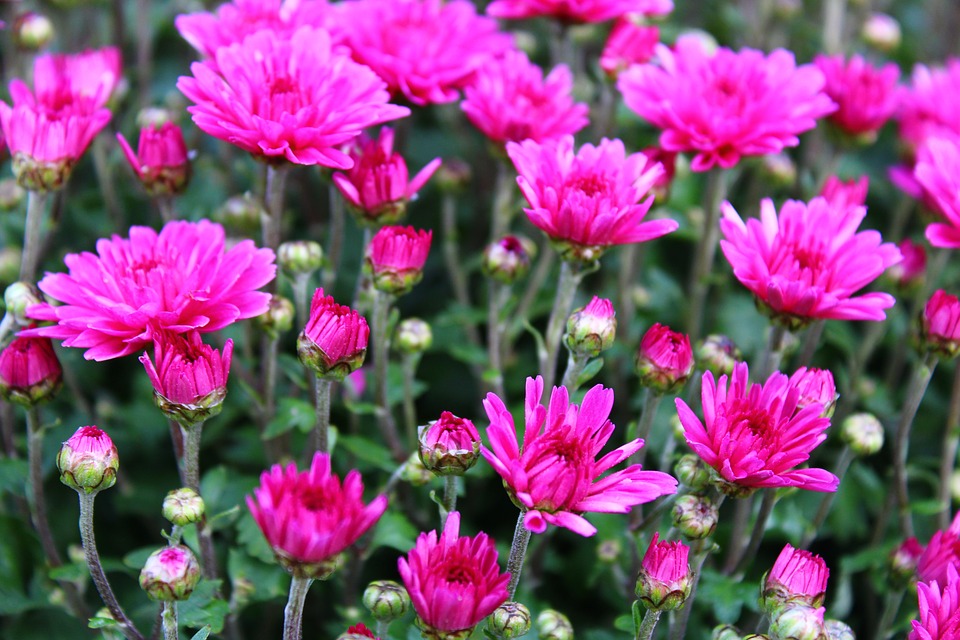While many may enjoy gardening for food and others enjoy planting flowers for beauty, some have combined the trends to plant flowers that are both beautiful and edible. Flowers have long since been for more than looking beautiful. While a dozen roses may say I love you or I’m sorry better than let’s have lunch, there are other flowers that can fill both the stomach and the sense. Read on to learn a bit more about the edible flowers in your area.
Pink carnations
Though it was once quite popular to use flowers as garnish or as additions to a plate, it fell out as most trends do. With the trend returning it is important to know what flowers are safe to feed guests for your next party. Before deciding to cook or garnish with any flowers, make sure you are choosing from an area that has never been sprayed with pesticides or other chemicals. This means staying away from roadside flowers and knowing exactly what you are eating and/or serving. Additionally, you should use flowers sparingly as they are known to cause digestive issues with some in larger quantities. The flavor of the flower can also get overpowering if used in large amounts.

Chrysanthemum Flowers
Chrysanthemums
Some of the more common edible flowers are tuberous and wax begonias, marigolds, carnations, chrysanthemums, clover, cornflower, dandelions, and even day lilies. While these are not the only edible flowers, they are some of the most commonly found.
Tuberous begonias have edible flowers, stems and leaves, while was begonias should only have the leaves or flowers consumed. These are safe raw or cooked, but can get bitter if left in water for too long.
Marigolds, often used for color around a home range in taste from spicy to bitter, tangy and peppery as the colorful petals can be lightly sprinkled on soups, salads, pasta, and rice.
Day lily, Hemerocallis
Carnations are often candied or steeped in wine and used as cake decorations or toppers. The petals can be used on salads, but the base should be avoided because it is very bitter. Day lilies have petals that taste sweet, while the base is quiet bitter. The shoots can be gathered at two or three inches tall and used as a substitute for asparagus. Use day lilies sparingly as they can act as diuretics or laxatives for some.
Learn your flowers well before trying to cook or eat with any of them, but be adventurous and give it a try.




